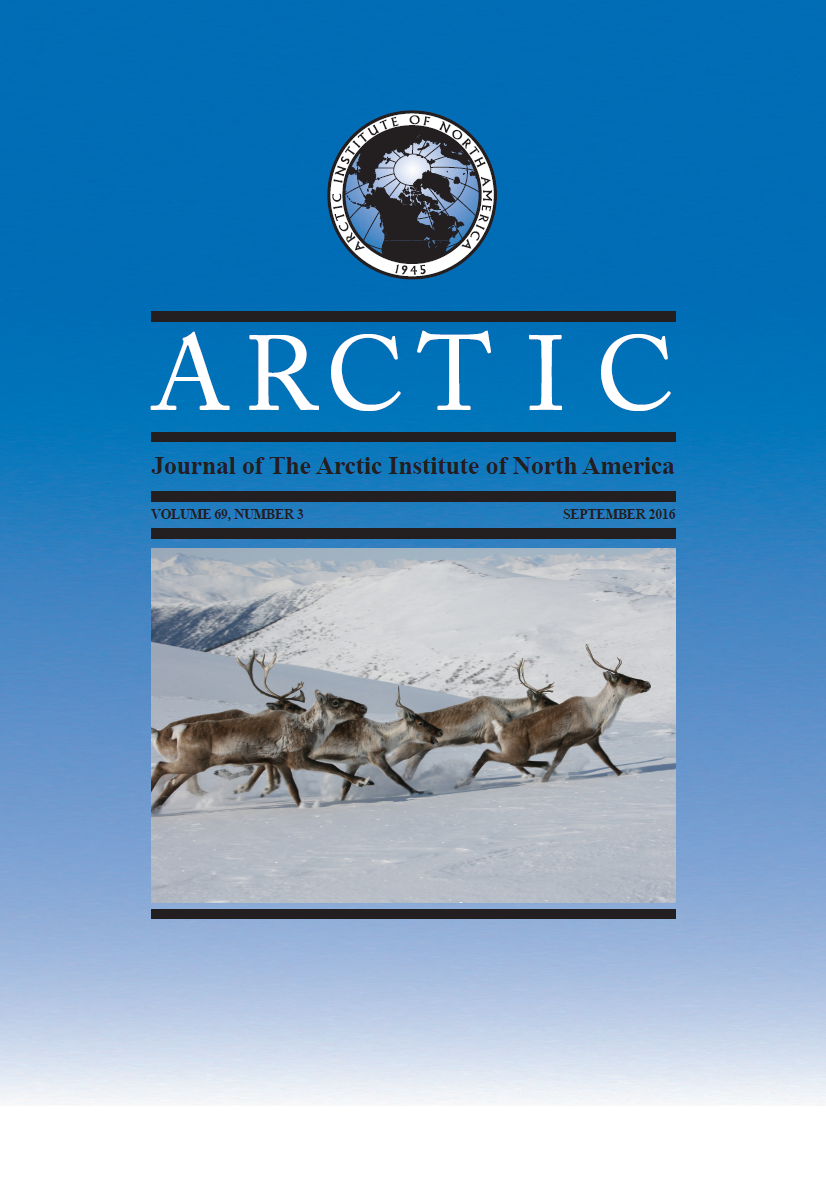Nesting Activity of Kittlitz’s Murrelet in the Kakagrak Hills, Northwestern Alaska
DOI:
https://doi.org/10.14430/arctic4575Keywords:
Kittlitz’s Murrelet, Brachyramphus brevirostris, Alaska, nesting habitat, nest density, nesting success, sampling designAbstract
The Kittlitz’s Murrelet (Brachyramphus brevirostris) is a broadly distributed but uncommon seabird species endemic to coastal Alaska and eastern Russia. Although northern Alaska constitutes a large portion of this species’ range, little is known about Kittlitz’s Murrelets in this vast region. We studied nesting activity of Kittlitz’s Murrelets in the Kakagrak Hills, Cape Krusenstern National Monument, in northern Alaska during summer 2014. Between 15 and 26 June, we located two active Kittlitz’s Murrelet nests by walking line transects in 28 sampling blocks (250 × 250 m) that were stratified by two habitat types (Alpine Alkaline Barrens and Alpine Dryas Dwarf Shrub) and selected randomly. We found one additional active nest opportunistically while walking between blocks. All three nests were located in Alpine Alkaline Barrens habitat, and all failed during the egg stage. Causes of failure were nest abandonment (n = 1), depredation (n = 1), and unknown (n = 1). Overall mean nest density was 0.80 nests/km2 (SE = 0.52). Although our sample of nests was small, our results demonstrate that Kittlitz’s Murrelets nest regularly in northern Alaska. However, the apparently low productivity raises questions about the reproductive value of this region to this cryptic and secretive species.


